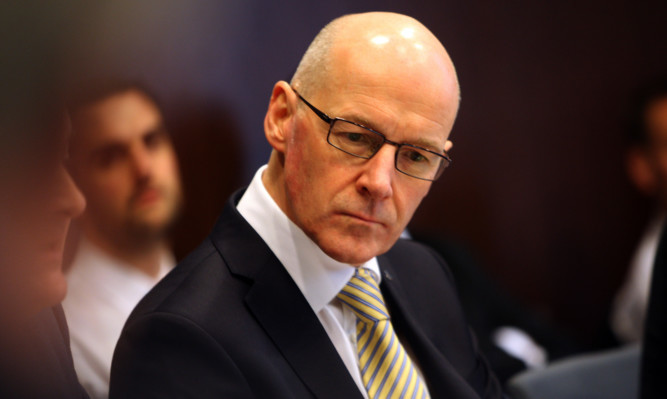The Scottish Government has urged MSPs to approve a package of new powers for Holyrood.
Deputy First Minister John Swinney said while the Scotland Bill could have “delivered more effective and coherent powers”, it would give MSPs “useful additional powers” in important areas such as taxation and welfare.
He was speaking as the Scottish Government urged Holyrood to grant its approval to the Bill, which is being brought in by the Conservative Government at Westminster.
MSPs have to back a legislative consent motion, which has now been lodged at Holyrood, for the changes to be introduced.
The recommendation from the Scottish Government comes after months of wrangling with the UK Treasury over how Scotland will be funded when it gets new tax-raising powers.
Now the deal on the fiscal framework has been agreed, Mr Swinney said the Scottish Government is “prepared to recommend that the Scottish Parliament consents to the Scotland Bill”.
He added: “While the Scottish Government remains of the view that the Scotland Bill, and the Smith Commission, could have delivered more effective and coherent powers to the Scottish Parliament, the Bill provides useful additional powers in important areas such as taxation and social security.
“The UK Government amended the Bill during its passage to reflect some of the comments of the Scottish Government, the Scottish Parliament and its committees. With an agreed fiscal framework that increases the Scottish Parliament’s financial responsibility and protects the Barnett formula, the Scottish Government is now prepared to recommend that the Scottish Parliament consents to the Scotland Bill.
“Today we are setting out how we will create a new social security system based on the principles of dignity, fairness and respect. We will continue to demonstrate how we will use the new Scotland Bill powers to create a fairer, more prosperous country.”
